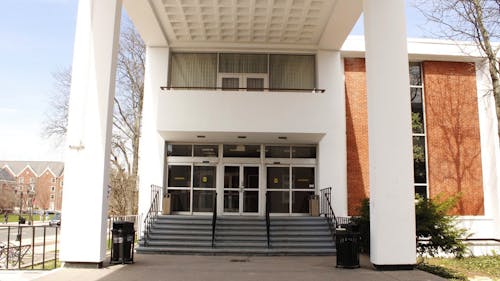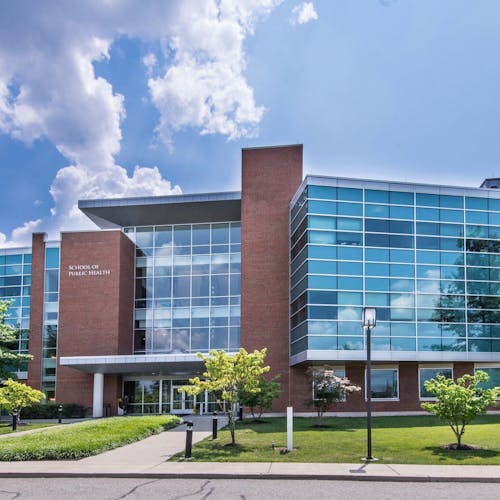Rutgers plans to improve campus connectivity by 2030

Bettering campus connectivity, enhancing strategic academic initiatives and focusing on student life are three of the driving forces behind the Rutgers Physical Master Plan, according to the Rutgers 2030 Volume 1: New Brunswick report.
“This was a planning process that started in 2013 and it created the long term physical version for Rutgers University. That is why it’s called Rutgers 2030, basically, it’s a vision of what the campus could be in 15 (to) 20 years,” said Frank Wong, the executive director of University Planning and Development.
Rutgers has a strategic master plan and one of its goals is to transform the student experience. The physical master then looks at the environment that the University has to physically build in order to meet that goal, Wong said.
Included in that environment are proposed changes to transportation services and the options students have in regards traveling, according to the report.
“Here in New Brunswick, if you ask any student what the biggest issue is, (they say) it’s the transportation system,” Wong said.
Tricia Zimmer, a School of Biological and Environmental Sciences junior, said that sometimes the buses are fine, but depending on the time, they can become overcrowded with people.
“If you are trying to take a bus after a big lecture hall it can be frustrating having to wait for so long,” Zimmer said.
Even though Rutgers runs the second largest bus system in the state and what may be the largest on-campus transportation system in the country, there are still issues with it, Wong said.
The solution is not to place more buses on the road. There are a number of ways Rutgers is seeking to improve transportation. First, they want to discover if it makes sense to make students travel in the first place, as opposed to bringing education to students, Wong said.
“We are trying to put together this enhanced software system that allows a student to make more informed decisions about their choice of classes and where they live. Basically linking the course registration system with the housing system,” Wong said.
According to the report, the other proposed changes focus on the reduction of overall stress on the transportation system and providing a variety of options so that fewer students need to take the buses overall.
One of those options is creating a bike network and culture at Rutgers, Wong said.
“New Brunswick is 5 miles from one end to the other, Cook (campus) and Busch (campus) are 5 miles apart and it's actually a very bikeable distance,” Wong said.
Wong said the University is trying to develop a bike share system, entitled Knight Cycle, which was funded by a grant from the New Jersey Department of Transportation (NJDOT) and will likely be operational by 2018.
A proposed pedestrian and bicycle-friendly bridge going between the College Avenue and Livingston campuses and over the Raritan River are other additions for the University to move toward more connected campuses, according to the report.
The report proposes a new bridge incorporating a pedestrian and bicycle pathway to connect the College Avenue campus with Livingston campus through the existing ecological preserve — balancing open space preservation with a new direct connection between Rutgers properties on either side of the Raritan.
Zimmer said she generally prefers to walk when she has the time so if there was a bridge between campuses, she would use it.
“This pedestrian bridge will help cyclists and pedestrians get to other parts of the campus and to parks in the area. It is one of the (many) things that are in the master plan,” Wong said.
In order to do this, the University plans to clear the area around Brower Commons in order to develop a central, “heart” of the campus, Wong said.
Wong said that if someone were to look at a current view of the area today, they would see Brower Commons, Stonier Hall, the Kreeger Learning Center, the College Avenue Parking Deck, Records Hall and some other buildings all in this 30 or 40 acre part of the campus.
“The plan for New Brunswick is to redevelop this entire core and create this open space, this new quad that is framed by the future new student center and new dining hall. Basically, it will be recognized as the heart of the campus,” Wong said.
Ryan Stiesi is a sophomore in the School of Arts and Sciences. He is a contributing writer for The Daily Targum.



